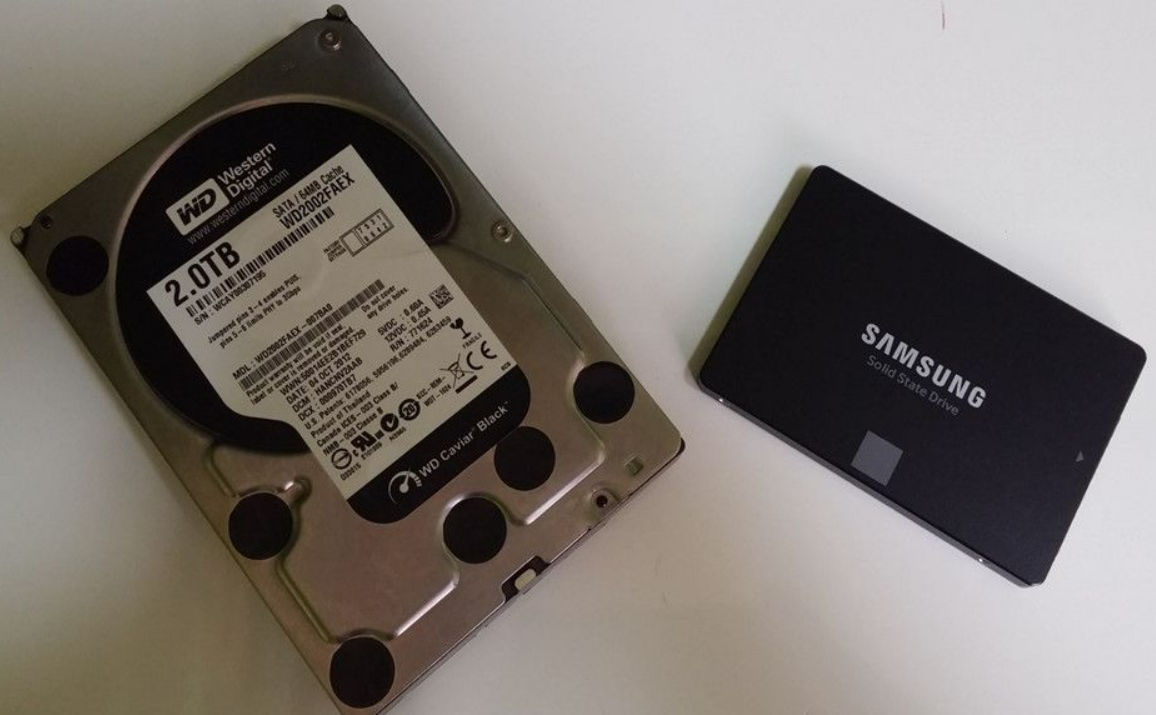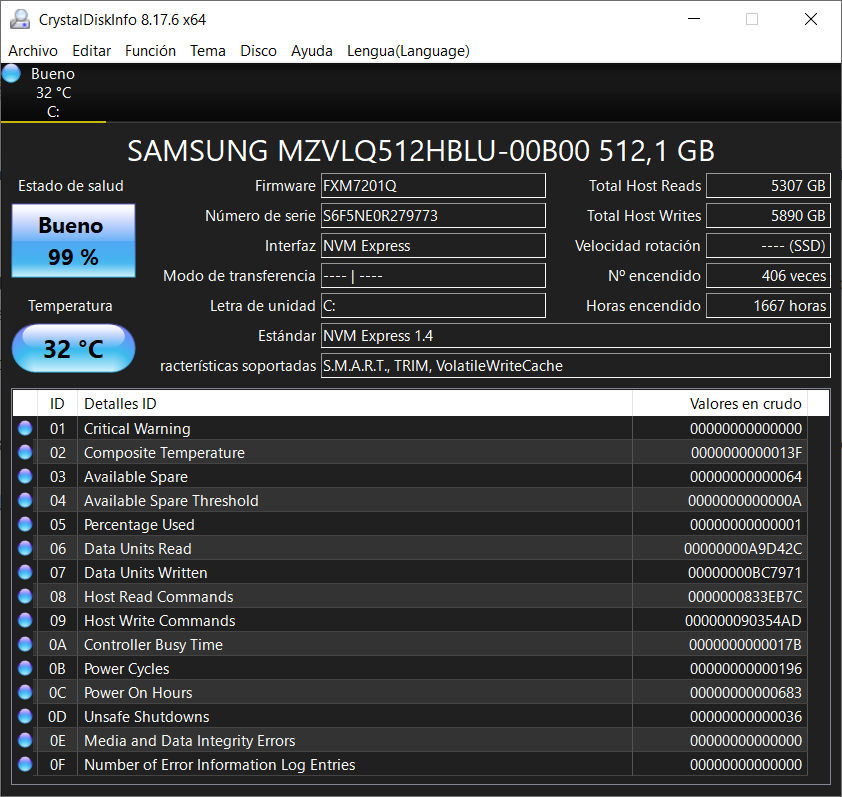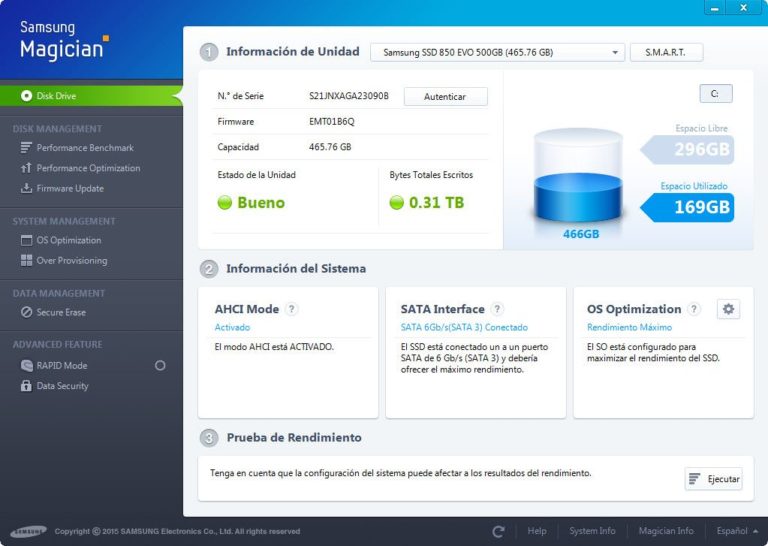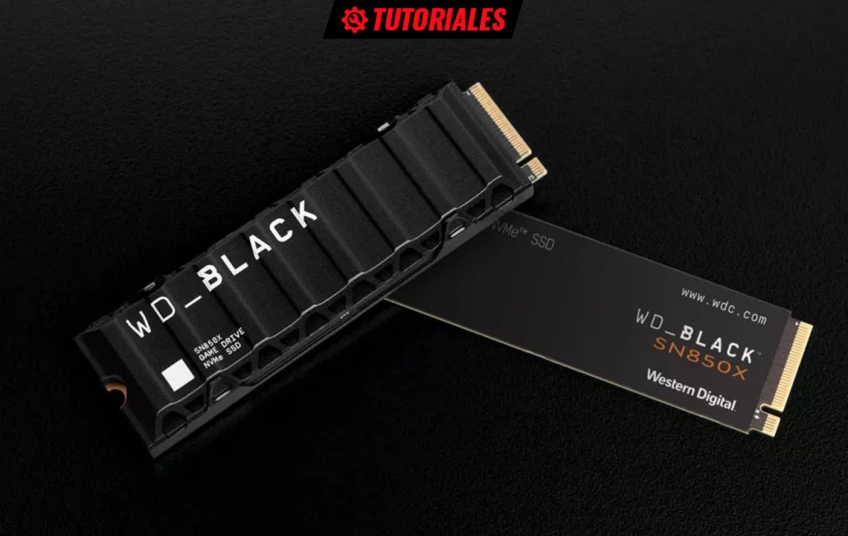SSDs have completely done away with hard drives as the default standard for internal PC storage, both in new models and as upgrades to existing equipment. And it is that its advantages are overwhelming in performance, energy efficiency, noise, size and absence of moving parts.
Hard drives really only beat these solid-state drives in price per GB and that's why they're still kept in servers and data centers. But what about shelf life? How long does an SSD really last? Can you estimate the time it has left before it starts to fail?
The lifespan of an SSD
It must be said to begin with that all electronic products that use NAND flash memories to store information (such as SSDs) have a limited life simply by their own design. Memory cell wear is inherent to this technology and successive writes erode individual memory cells in both capacity and performance.
That is why most SSDs include additional free memory cells so that when the first ones fail, they do not lose storage capacity. Plus, they automatically reallocate bad sectors so you don't lose data or performance.
Theoretical specifications of an SSD say that they equal or exceed hard drives in terms of strength and robustness. Manufacturers tend to assess the reliability of their drives using factors like standard age, mean time between failures, or MTFB, and perhaps the most important value, the total Tbytes written by the drive, which you'll see as TBW.

The investigations that have been carried out so far where they have literally "crushed" these units to determine their useful life with greater precision, have confirmed that the values set by the manufacturers are quite conservative and that the amount of 'Terabytes written' that are taken as reference, in reality they are superior.
In summary. An ordinary user performing “normal” computing tasks has nothing to worry about. It's highly unlikely to wear it out and, barring serious power failures which it's more prone to than hard drives, in most cases it will still be fine when you replace it.
How much time does my SSD have left?
It is not possible to determine the exact lifespan of an SSD, but an estimate can be made. It depends on the type of memory used (single layer SLC will last longer than one using quad layer QLC), the controller and other parameters.
The industry average accepts about 700 Tbytes of data written to the drive before problems start. And that is a good starting point to know its status. There are apps that can be used to find out about it. One of them is CrystalDiskInfo (from the same vendor as the popular benchmark for measuring storage performance). In case you want to meet him:
-
Install the latest version of CrystalDiskInfo (8.17.6 for Windows).
-
Run the application and you will see a result like the one in the image.

-
In it we will see a lot of information, such as the specific unit installed, which in this case corresponds to an SSD that Samsung sells to OEMs. We will also see the version of the NVMe protocol used or the supported features that are important in this type of drive, such as TRIM or SMART.
For what concerns us in this article on longevity and resistance, we have to go to the results of "State of health", where we can see three values:
-
Okay. You have nothing to worry about yet. The % will indicate its level.
-
Caution. It means that the SSD is degrading and you should make sure you have active file backups in case it definitely fails. In the case of equipment destined for production, it is recommended to replace it before it is too late.
-
Bad. The SSD's lifespan is over and you're lucky it's still booting. An immediate change is required.
In addition to these parameters, quite visual and clear, the other value that can indicate the status of an SSD is the "Total Host Writes". which highlights the Tbytes written that we quoted above.

For the example, we have used a laptop where we install and uninstall systems and applications many times for the tests that we offer you. It is almost a couple of years old and as you will see in the image those 5890 GB are very far from the 700 TBW that we take as a reference.
Almost all manufacturers of storage solutions ship with the drives control software that you can use. In addition to firmware updates and performance tests, they also provide a lot of information about the health of the drive.

Other parameters to assess
The product guarantee offered by manufacturers can provide us with another good clue. Most drives of the current generation (midrange M.2 PCIe and above) are sold with a five-year warranty. Quite a long time for a computer component that, as we said, you may replace before and that is still in very good condition.
MTBF is another value used to determine the longevity of the drive and indicates the "mean time between failures". If the MTBF of your SSD is 1 million hours, it means that the probability of failure is 0.03% within the years of the warranty.
Summarizing. An SSD won't last forever because of the wear and tear on the memory cells, but the extra cells that act as replacements, the high write data support, the warranty and the mean time between failures, ensure a good number of years of use.





